Potensic Atom SE review
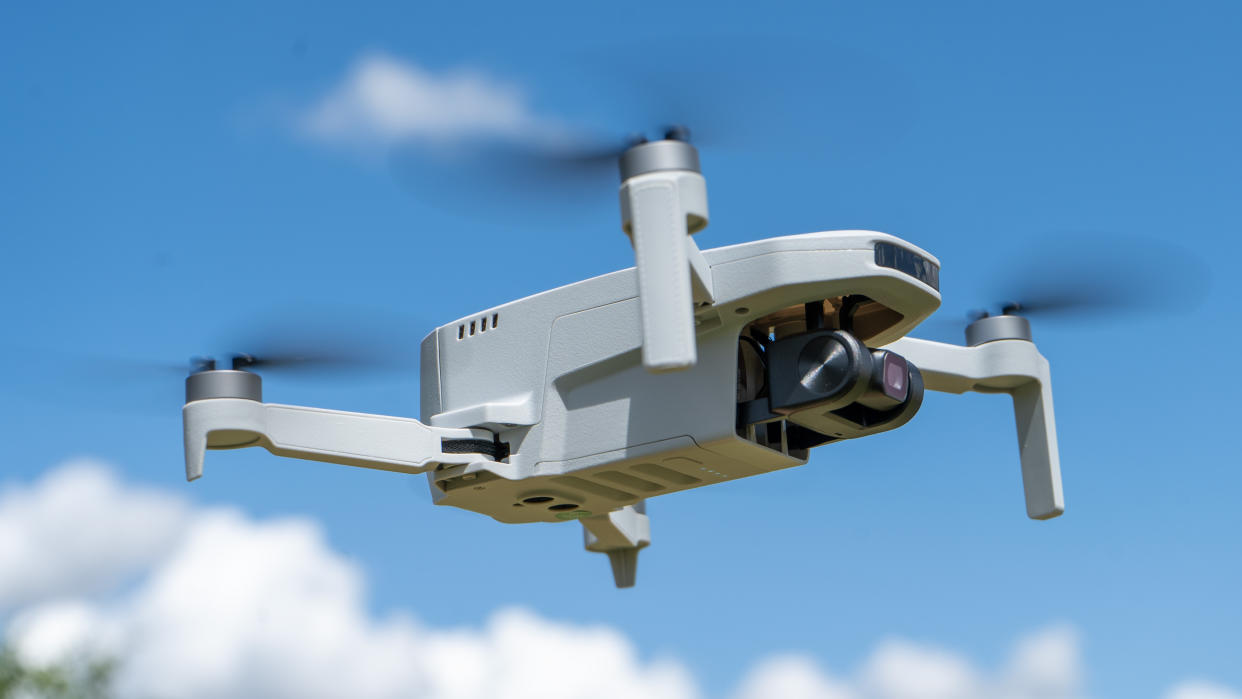
The Potensic Atom SE marks a significant step up for the brand in terms of spec and quality, with real radio control linked to your phone via cable rather than low-distance Wi-Fi. In effect, this is a beginner drone that is looking to offer a challenge to the DJI Mini 2 SE. It also comes with high-quality accessories and a case that seems to owe more than a little to the one you might find in a DJI Fly More kit, with an extra battery – but Potensic isn't asking you to pay more.
Potensic has long been associated with cheap drones, and this is still more modestly priced, making one big concession compared to DJI's line – while the camera is remotely tiltable, it is not on a 3-axis gimbal. Instead, all the stabilization is electronic. This is a fast-moving tech, and good enough for GoPro, so it isn't to be sniffed at – it is, now the main dividing line so the question is, if you're looking for a first or beginner drone, is it worth spending more on a gimbal, or a bundle like this?
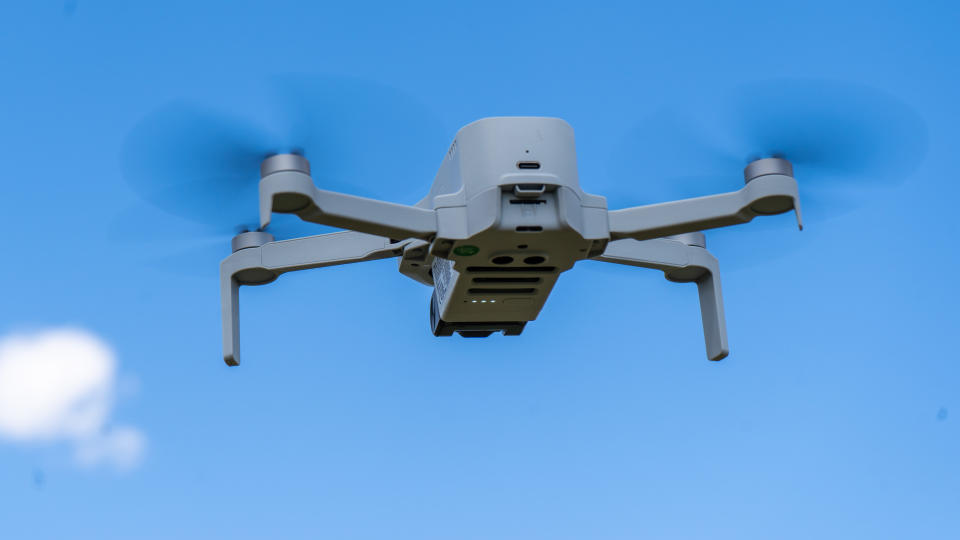
Specifications
Video: 4K 30fps
Stills: 12 Megapixel
Sensor resolution: 12MP (Sony)
Field of view: 118˚
Camera tilt: -90˚ to +20˚
Flight Time: stated 31min
Range: 4km (2.5 miles)
Weight: 249g
Dimensions: 300 x 242 x 58mm (unfolded)
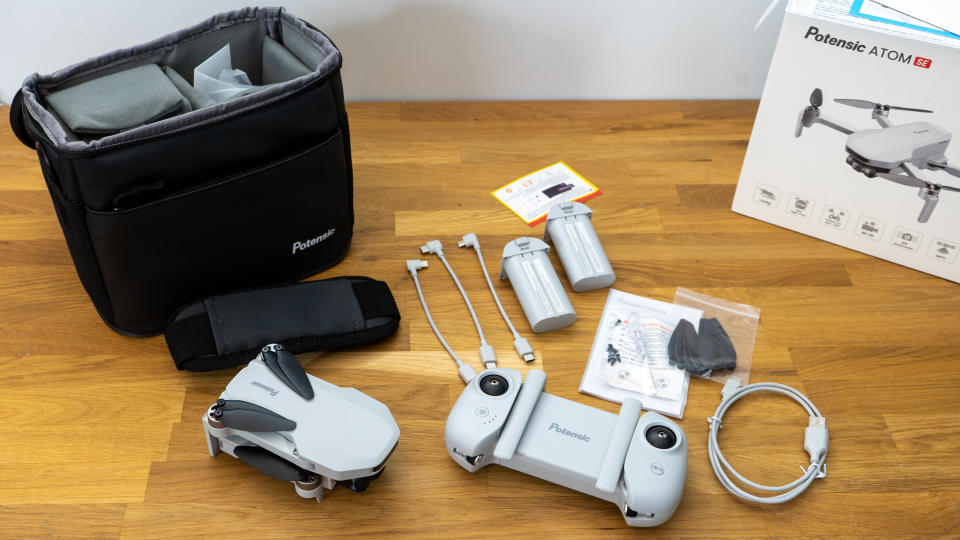
Key features
The Potensic Atom SE records 4K video to a MicroSD card in the aircraft, and is controlled by radio remote with a range of up to 4km. As an ultralight folding drone, it circumvents a lot of regulations (no registration in FAA, much closer flying to people in the UK). The batteries (and there are 2 supplied) provide up to 31 minutes flight, competing with the best.
Not only that but 'all mod cons' are present, in the form of vision and ToF (time of flight) landing sensor, GPS, PixSync 2 HD live view. The batteries can be charged anywhere as they have USB-C sockets in them, and accessories are provided to grip an Android or iOS phone in the remote.
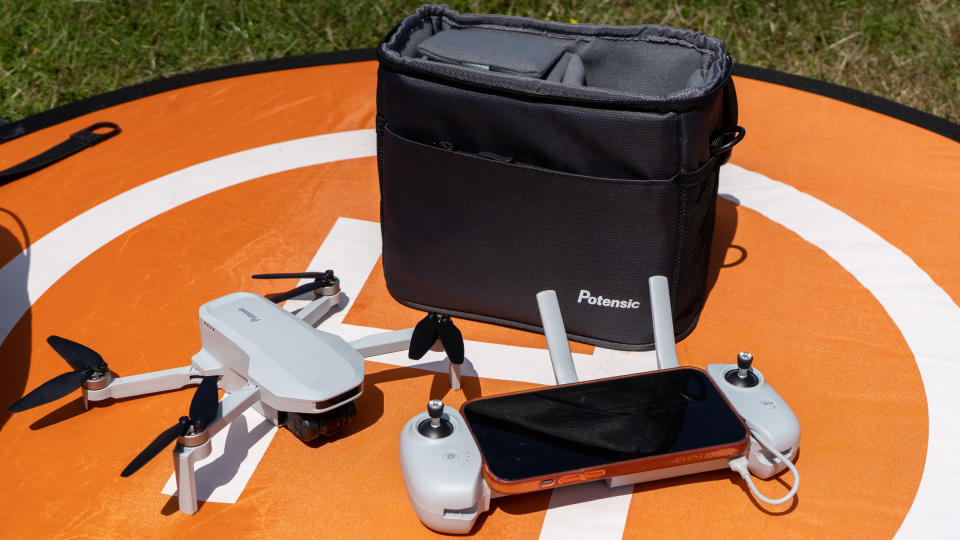
Build and handling
This drone looks a lot like a DJI Mini 2, no bad thing since the folding design with raised front legs is tried and tested. Even before you get to it though the packaging is of a high standard, with instructions, wrappings, and a bag that feel high-end.
Each battery has a USB-C socket and the instruction 'Charge and activate the battery!' on a sticker. It's good to be able to charge multiple batteries at once and (since it can be done from a USB cable) to be able to do so from nearly anywhere.
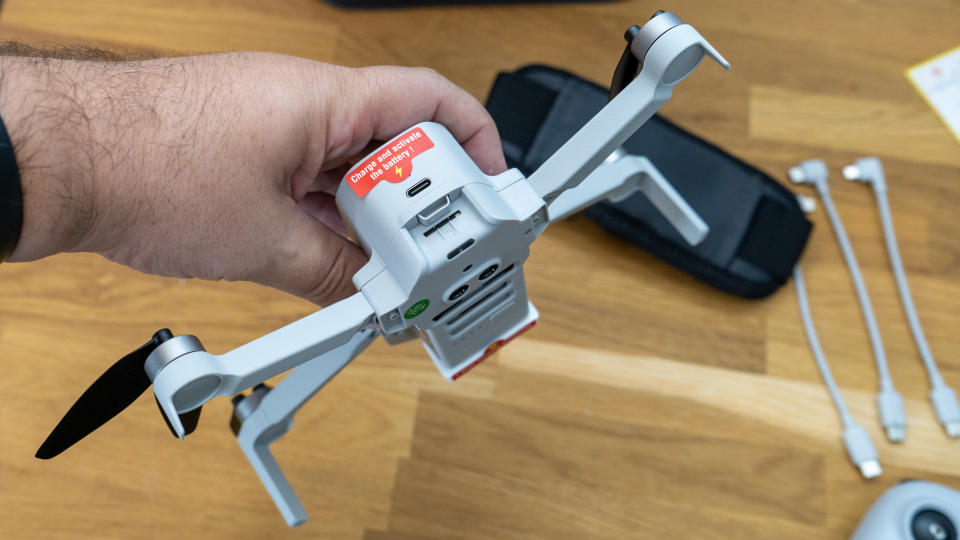
In the hand the drone feels light, but not poor quality – all ultralights feel light, but the hinges give the impression they'll last and the battery bay and click-in memory card slots are equally confidence-inspiring.
The controller design is a clasp that extends to grip around a phone as big as my iPhone 14 Pro Max (in case), and is supplied with cables to connect Apple, USB-C, or MicroUSB phones. The ends are big and easy to grip while placing the phone screen nice and high up. The fold-up antennas do the job though it must be said that once the phone is in place there is an odd asymmetry since they remain near one end. For packing the control sticks unscrew and there are storage recesses for them which do the job nicely.
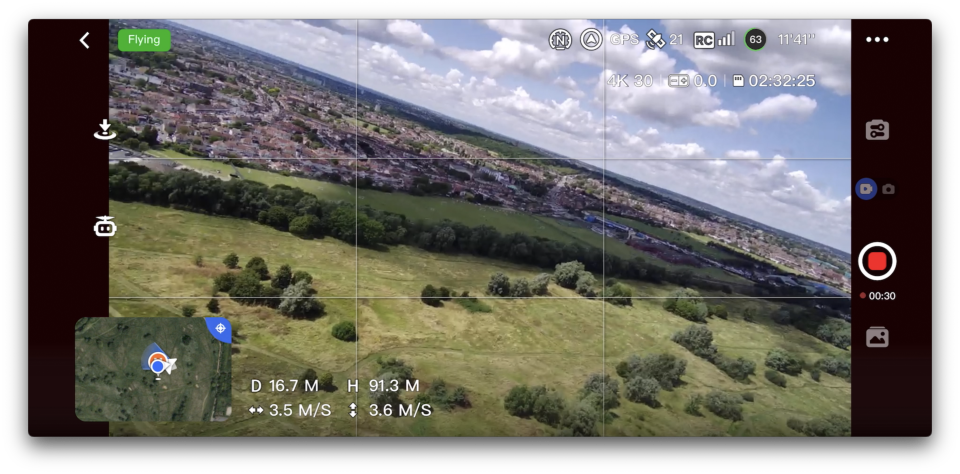
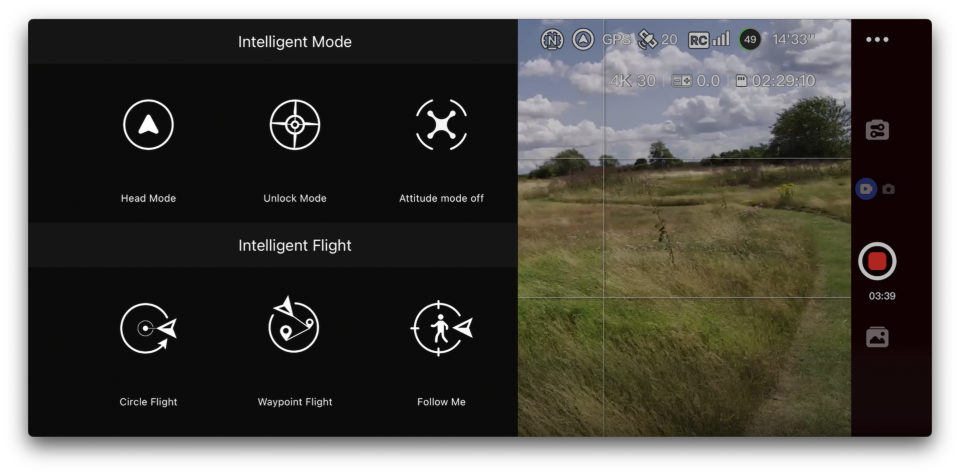
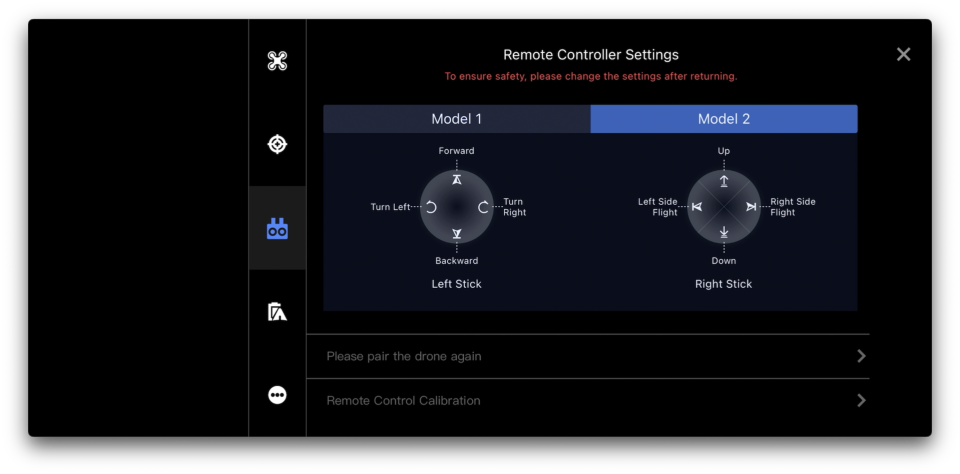
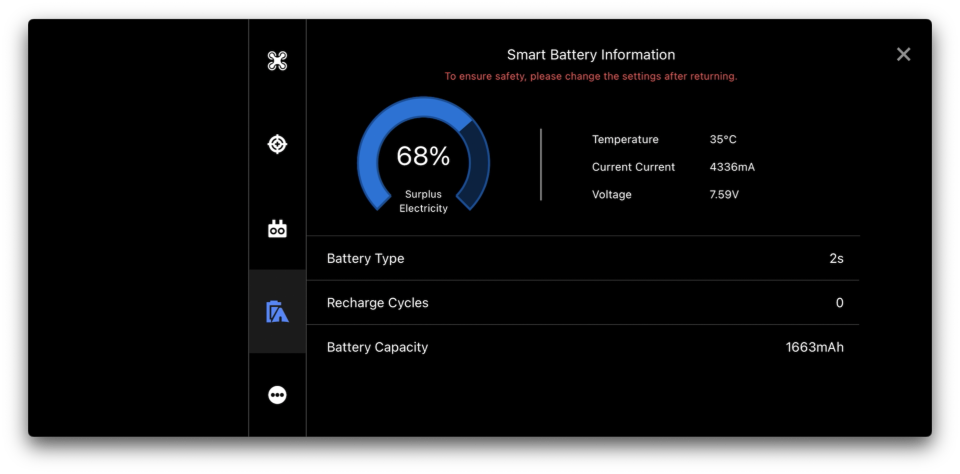
The software is clearly, er, inspired by the market leader, which isn't a bad thing as their menus are reasonably rational. The OSD has all the key data you'd expect to see with a DJI or Autel drone, like the number of GPS satellites the done can detect. The menus, too, take a proper deep dive, with detailed battery capacity readouts available, for example.
Performance
Getting connected is as straightforward as a DJI drone with a phone, with the one slight difference that you're encouraged to perform 'the drone dance' (calibrate the compass) before starting, something DJI drones don't always ask for anymore. No matter, it's easily done.
Once you power up and take off it's apparent how good the Electronic Image Stabilization (EIS), which Potensic unsubtly call 'ShakeVanish', is. I took the drone out in gusty, windy weather which might be seen as an unfair test – a Mini 2 SE would have struggled, a the original Mavic Mini might not have made it! As it happens the drone settled quickly and held position with its GPS.
Without a gimbal that could turn to balance out the fact the drone had to lean into the wind, you'd only see a flat horizon flying into and from the wind – a bit like "FPV mode" on some drones. The video was reasonably steady, though, all things considered.

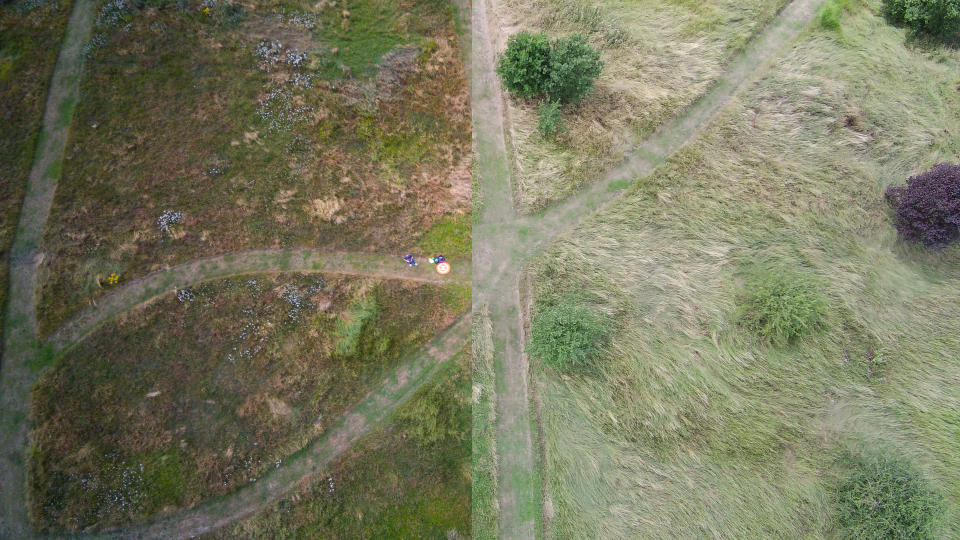
Image quality taken from the card is okay – easily the best I've seen from a drone that relies on EIS. That does make me question the validity of the 4K and especially the RAW files; if the processing is being undertaken how much correspondence is there between the original pixel count and the output? Still, it's better to have the option of RAW than not, and I was able to get something out of them.
The camera also doesn't love low-light and it struggles a bit with the harsh sun and cloud I tried it in, but when I remember to compare it against EIS drones, not gimbal drones, it is very impressive. All small cameras like a nice sunny day, why should this be any different?
The drone also has three speed modes – Video, Normal, and Sport. The naming there might be an admission that the quicker you go, the more the image stabilization will suffer!
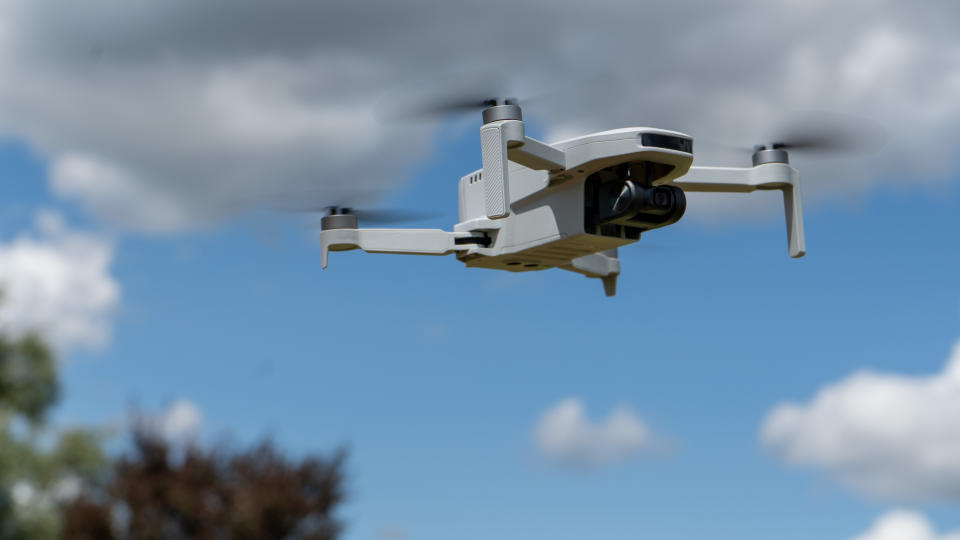
Final Verdict
I was honestly surprised by how good this drone was. Here is a product which can be good enough to be a first drone even for ambitious operators looking for high-end features. Not even DJI gives their "entry-level" drones – which, remember, cost more than this – waypoints. The Atom SE is just as good for those looking for a cool gift, and may even help creators looking for some cool establishing shots if they work somewhere it's not too windy!
Clearly, I have grown accustomed to a 3-axis gimbal, but the video from this drone is not only largely stable but sharp and seems to have good contrast and depth – absolutely thrashing some of the other 'beginner drones' that I've tried in the past. The fact you can still tilt the camera remotely is good, and the understanding you gain of the wind is beneficial too. I really liked the in-battery charging system, but faster charging would have been nice (even if I accept slower is good for overall longevity).
This bundle comes in at slightly less than the DJI Mini 2 SE, which is the obvious alternative you should have in mind if you're looking here. I'd be inclined to say that 2.7K video is still better with a true gimbal, but there isn't as much as I expect between the two and – if you compare the prices – you're getting close to a "Fly More Kit" for a significantly lower outlay.
In other words, photographic sticklers will struggle to like the Potensic Atom SE not because of anything wrong with the drone but because they'll never be happy without a gimbal camera. However, if this is already at the higher end of what you can spend, or you're looking to learn, and want a bag of features and a literal bag of bits you'll be very pleased with the Atom SE and have a lot of fun.

